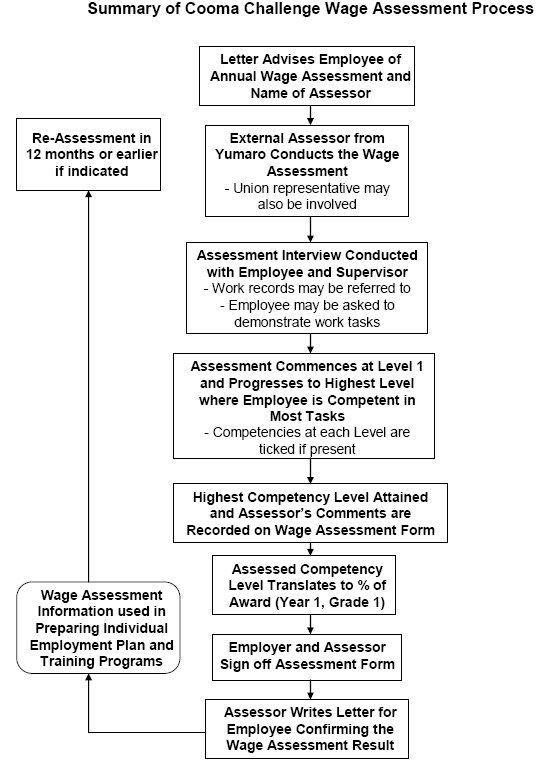
Most courses can be taken for credit just one time, but students are allowed to repeat a course when they earn a C- or lower. When can I repeat a course and what happens if I do? If you would like more practice in calculating grade-point balances, try our our GPA & GPB Calculator. Use Table 3 to find other combinations of grades that would eliminate this deficit. In this case, you could eliminate this negative balance (or deficit) by earning grades of B in 16 units or A in 8 units. For example, if you have a grade-point balance of -16 (deficit of 16 grade points), you must improve your grade-point balance by achieving grades above C in an appropriate number of units. The grade-point balance is particularly useful if your GPA is below 2.0, since it gives you insight into what you have to do to get into good academic standing. Table 3: Summary of Grade-Point Balance by Grade and Unit Value GradeĪgain, each grade above C improves your grade-point balance, each grade below C damages it, and C grades have no effect. Table 3 summarizes the impact on grade-point balance of courses with different unit values for each grade. Note that that each grade above C improves the grade-point balance, each grade below C reduces it, and grades of C have no effect on the grade-point balance. Per Unit Contribution to Grade-Point Balance Table 2: How Grades Affect Your Grade-Point Balance Grades Table 2 summarizes this for each letter grade. For each unit of letter-graded courses, the grade-point balance impact of the letter grade is found by subtracting 2.0 from the grade points you have actually earned. To calculate your GPA, we extract the following information from Courses 1 through 3:Įach letter grade, except C, has an impact on the grade-point balance. Note that Course #4 does not apply to the calculation because you chose P/ NP grading. To calculate your GPA, you must divide the total number of grade points earned in your letter-graded courses by the number of letter-graded units you have attempted. The grade points you have earned are calculated as follows: For example, suppose that in a quarter you receive the following grades and units: If you earn a D in a 5-unit course, you earn 5 x 1.0 grade points, or 5 grade points.Ĭalculating your grade-point average requires relating the grade points you have earned in courses to the unit value of those courses. Therefore, if you earn a B+ in a 4-unit course, you earn 4 x 3.3 grade points, or 13.2 grade points. Table 1: Grades and Grade-point Values A+ For each unit in the course, you earn the grade points as shown in Table 1, below. The grade you receive in a course determines how many grade points you receive for that course.

You do NOT use courses graded P, NP, IP, W, or I. To calculate your GPA, you start by using all courses completed on a letter-grade basis ( A+ through F). Alternately, for those seeking a more hands on approach, the following guide explains how GPA & GBP are calculated in detail. Students looking to calculate their grade point average, based on a set of given courses, units, and grades, should use the Grade Point Average and Grade Point Balance Calculator.

There are strict guidelines for repeating courses, and these are explained in the General Catalog. If you have failed a course you can repeat it to try to improve your grade point average or to satisfy a requirement. If you would like practice in calculating grade-point averages and balances, check out our online GPA and GPB calculator. If your cumulative GPA falls below 2.0, knowing your grade deficit can help you determine the grades you'll need to return to regular academic standing. A negative balance is often called a deficit. The grade-point balance is a measure in grade points of how far you are over or under the minimum standard (2.0 GPA). The grade-point average (or GPA) is the average grade that a student has earned in a group of letter graded courses. Further information about grades can be found in the General Catalog. In addition, three grades ( I, IP, and W) are assigned in certain circumstances. The College of Letters and Science offers two grading options for undergraduates: letter grades ( A through F) and passed/not passed ( P/ NP) grades.


 0 kommentar(er)
0 kommentar(er)
